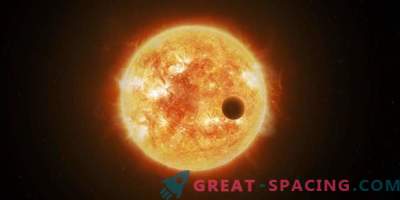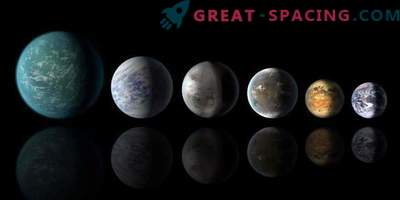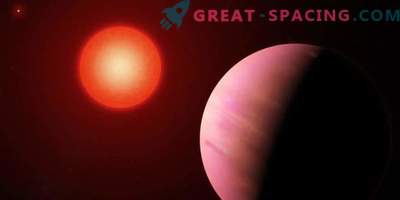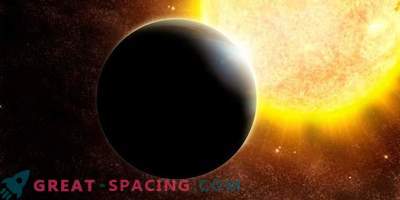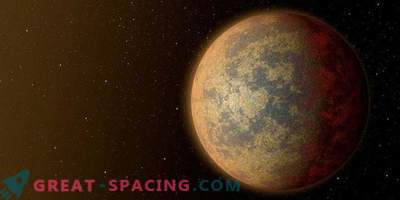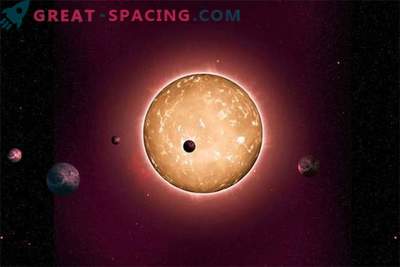
Comparison of a photo of Neptune from a Voyager spacecraft and the artistic vision of an exoplanet K2-263b
The exoplanets found by the Kepler and K2 missions allowed scientists to begin to piece together the history of Earth and understand how and why it differs from other worlds. There are still two main mysteries: the difference between the formation and evolution of rocky and non-rocky minor planets, and where the gap in size came from. To assess the composition of the planet, you need to know the density, mass and size. The radius can be determined by the shape of the planet’s transit curve, when it blocks the light of a native star.
The K2 exoplanetary mission is an updated version of the Kepler project. Together, they managed to find thousands of alien worlds and discover amazing diversity in a population of planets. K2 is sensitive to planets with a short period. The new find was named K2-263b and revolves around a star (0.86 solar mass), with a distance of 536 light years from us. This world in radius reaches 2.41 terrestrial (with 5% uncertainty). To measure the rotational velocity, a high-precision HARPS-N spectrometer was used. The readings were incredibly accurate. By mass - 14.8 terrestrial, and density - 5.6 g / cm 3. The findings suggest that K2-263b contains an equivalent amount of ice compared to rocks, which roughly corresponds to modern models of planet formation and relative abundance of elements in a circumstellar nebula, such as iron, nickel, magnesium, silicon, oxygen, carbon and nitrogen.
